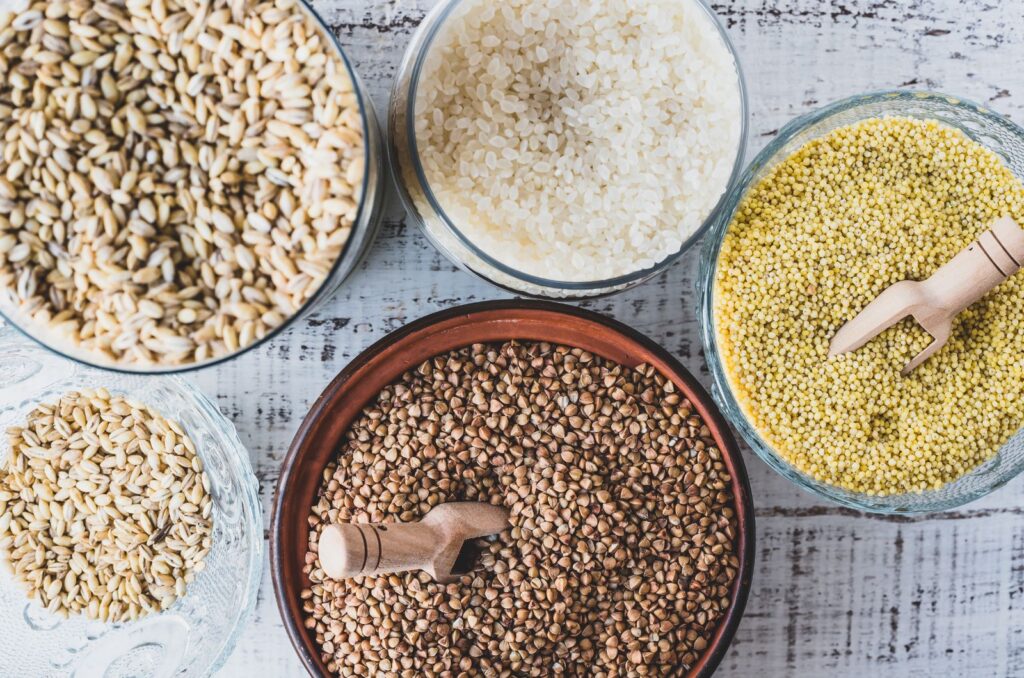Papaya Smoothie By The Best Dietitian In Chandigarh
“Okay, so, listen up. We’re all trying to juggle life, right? Heat’s kicking in, you want something cool, you want to be healthy, and if we’re being totally honest, maybe drop a few kilos. And you’re thinking, ‘Smoothie? Really?’ But hear me out, this papaya one? It’s a game-changer. 🍹 See, I get it. Papaya gets a bad name sometimes. That weird orange colour? But blend it up, and it’s like… sunshine in a glass. Sweet, smooth, and honestly, kinda addictive. Plus, if you’re trying to stick to a weight loss diet plan, it’s your secret weapon. Why This Papaya Thing Works (For Weight Loss, Too!): You don’t need to be some fancy chef. Just chop up a cup of papaya. Sneak a few pieces, we won’t tell. We all do it. Then, chuck in a teaspoon of ground flax seeds. Sounds fancy, right? But it’s just alsi seeds, ground up. Trust me, they’re good for you. Fiber, those omega-3 things everyone talks about, keeps you full. Perfect for sticking to your weight loss diet plan. A splash of water, just to get it moving. And because we’re in Punjab, and we like our drinks chilled, a few ice cubes. Blender Time : Whack it all in the blender, and give it a good whirl. Thirty seconds, maybe? Until it’s smooth, creamy, like… well, like it’s supposed to be. And here’s the kicker: drink it now. Don’t let it sit around. Fresh is best, especially if you’re trying to see results with your weight loss diet plan. Why You’ll Actually Like This (Even If You’re Trying to Lose Weight): ✅ Super Refreshing: When it’s hot enough to fry an egg on your car’s hood? This is your answer. ✅ Healthy, But Not Boring: Papaya’s full of good stuff, flax seeds keep you full. You won’t feel like you’re “dieting.” ✅ Quick as a Flash: Five minutes, max. Perfect for those crazy busy days. ✅ Tastes Like a Treat: Seriously, you’ll look forward to this. So, next time you’re craving something sweet, but you’re trying to stick to your weight loss diet plan, skip the sugary drinks. Make this papaya smoothie. As the best dietitian in Chandigarh, serving all of India and overseas, I can tell you, this is a legit way to get some good stuff in you. And who knows? Maybe you’ll actually enjoy losing weight for once. Let’s get you on a weight loss diet plan that actually works for you, and tastes good!” Call our team now, 9888059000… and as always: “Sehatmand Raho, Sukhi Raho!” (Stay Healthy, Stay Happy)
Papaya Smoothie By The Best Dietitian In Chandigarh Read More »










